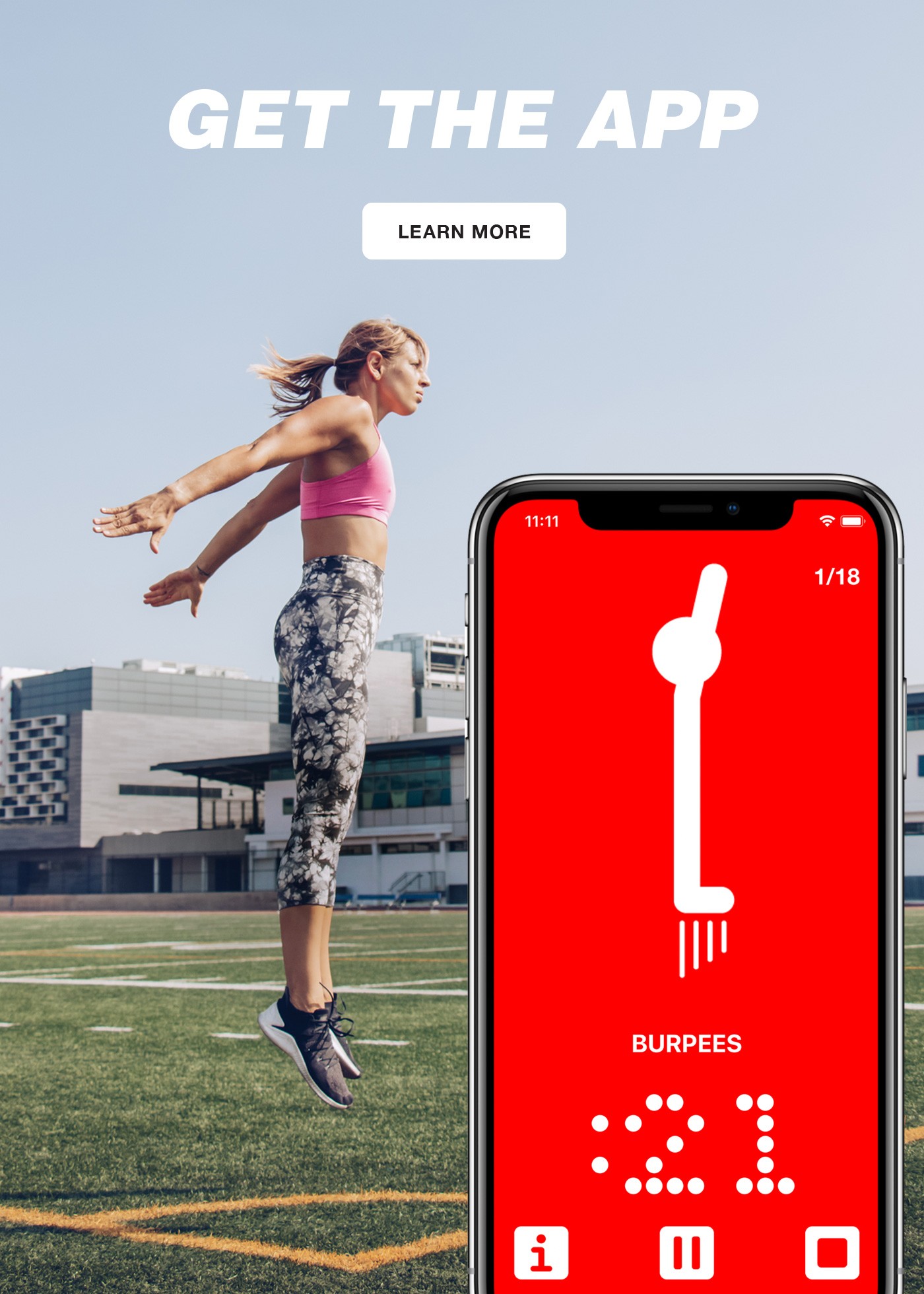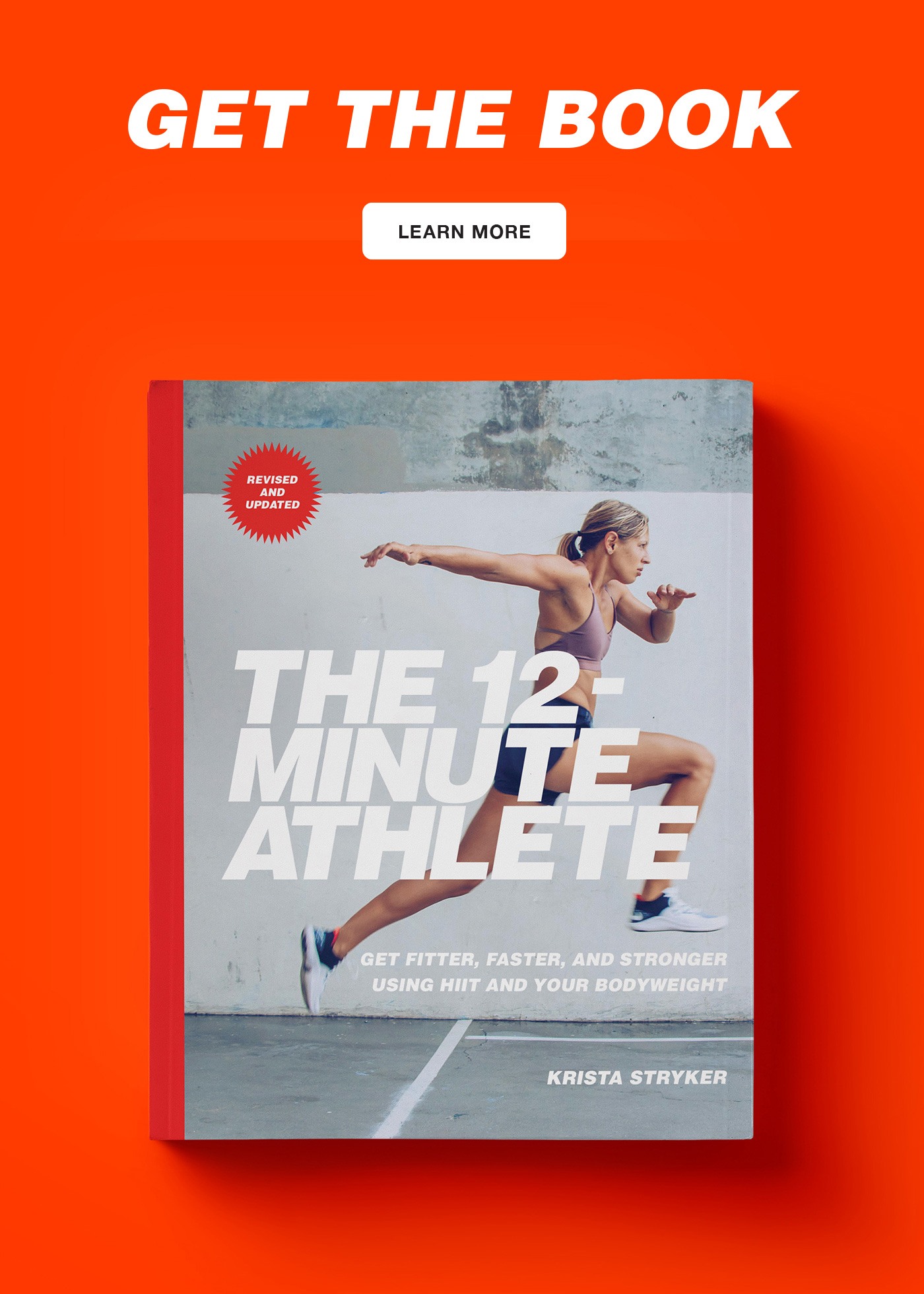
“Setting goals is the first step in turning the invisible into the visible.” – Tony Robbins
Setting goals is one of the most important things you can do to go from where you are to where you want to be.
One reason goals are so powerful is that they give our lives direction. Setting goals helps us filter out what’s important and take clear action steps to accomplish those goals. Whether fitness, career, or lifestyle-related, goals help give our lives meaning and purpose by giving us something to work toward.
But goals can be overwhelming — paralyzing even — when you’re early on in the process. Being an awkward beginner is by no means easy or enjoyable. If you only focus on how far you have to go to reach your long-term goal, you’re likely to get overwhelmed and give up way before you’ve had the chance to make any real progress.
The trick to tackling big, long-term goals is to chunk them down.
If I had focused on my long-term goal of holding a one-arm handstand when I first started training handstands over seven years ago, I likely would have been so daunted by all the work I had ahead of me that I would have given up immediately. Instead, with the help and encouragement of my fellow more experienced students, coaches, books, video tutorials, and other resources, I broke down my goal into many smaller chunks. This began with the goal of being able to hold a regular two-arm handstand away from the wall.
I’ve followed the same process with every single one of my long-term goals. From working up to a push-up and pull-up, to learning boxing and martial arts, to writing a book — I’ve consistently found that the key in avoiding overwhelm and sticking with my goals over time has been to chunk them down.
When we chunk goals we set sub-goals that, when pieced together over the long-run, help us achieve our high, hard future goals.
For example, if your goal is to be able to do ten pull-ups in a row, and you’re nowhere near doing even one, you’d chunk down your goal into sub-goals such as:
- Five solid pull-up negatives (eccentric pull-ups)
- One pull-up
- Two pull-ups
- Three pull-ups
…and so on until you reach your final goal of ten pull-ups in a row.
You can do this same process with any fitness or non-fitness-related goal, from running a marathon to writing a paper to, yes, holding a one-arm handstand.
This process of chunking gives us small wins, resulting in our brains releasing dopamine each time we meet a sub-goal. This helps keep us motivated along the way to our longer-term goals, making it much less likely that we’ll quit along the way. As Noel Brick and Scott Douglas write in The Genius of Athletes: What World-Class Competitors Know That Can Change Your Life, this process of chunking goals also increases our belief in ourselves:
“Setting and achieving short-term sub-goals boosts our belief and increases our longer-term persistence because doing so lets us know we’re making good progress; that’s useful feedback we don’t always get when we set only more distant, long-term goals.”
But just setting that initial goal is not enough. As Antoine de Saint-Exupéry wrote in The Little Prince, “a goal without a plan is just a wish.”
To achieve any goal, you need to make a plan, then take concrete action steps toward that plan. You also need to track your progress so that you have some idea of where you are in the process of reaching your goal.
If your goal is fitness-related, you can do this by keeping a training journal, taking videos, and getting regular feedback from others more experienced than you. If you’re serious about making progress and achieving your long-term goal, working with a coach is an invaluable way to help you maintain focus and motivation along your journey.
If your goal is non-fitness-related, there are many ways to keep track of your progress, depending on the goal. Do some research on what others have found the best tracking metrics to be and make a plan to implement these tactics as you work to achieve your goal.
And remember: don’t rush the process.
As you embark on any new journey, it’s important to start where you are, not where you want to be — or where you think you should be. Learn to be patient and trust the process. Get really good at the basics before you try and advance.
There is no magic pill to learning. Trying to rush or hack your way to greater success will most likely lead to injury, burnout, or shoddy results. Learn to think long-term and avoid cutting corners.
Dream big, then chunk down your goals. And keep going.



Thanks for sharing this motivational article. This really helped me in gettiing out of bed in the morning.
Setting goals is really important. We need determination encouragement, inspiration, motivation, and perseverance to get those goals. Our goals also should be clear, specific, and realistic.